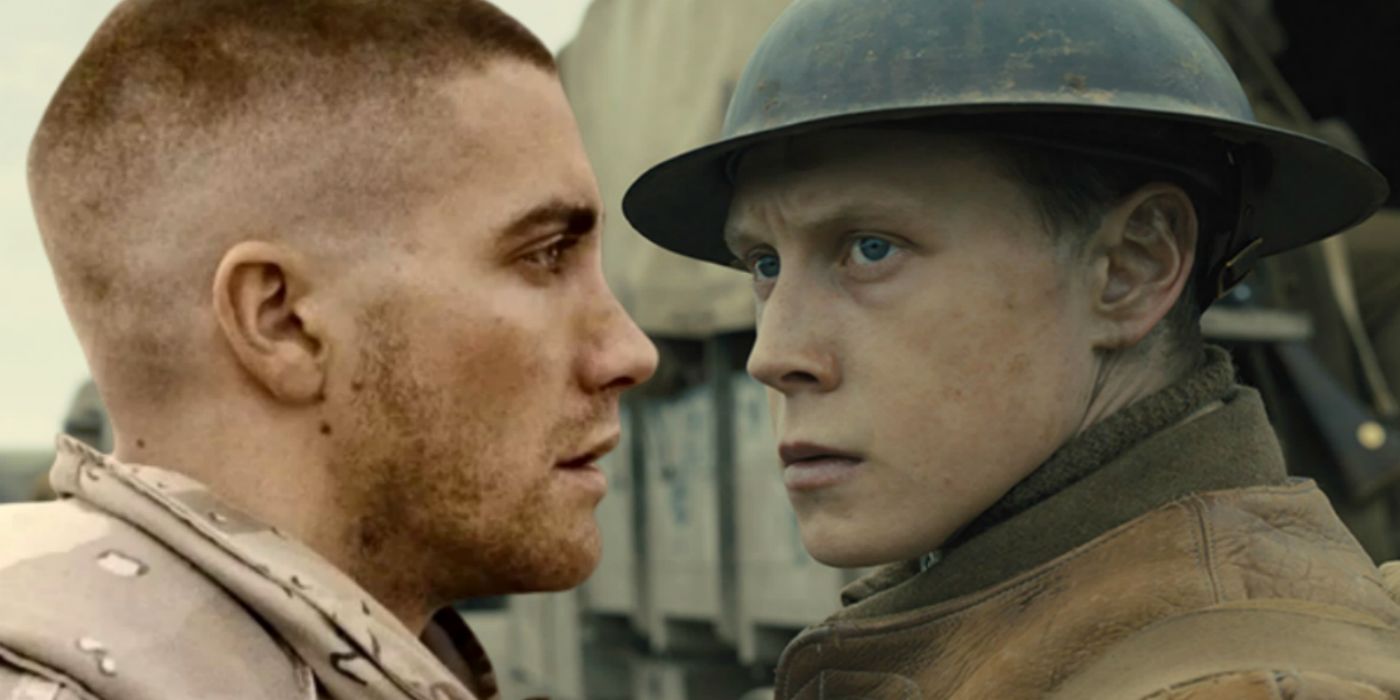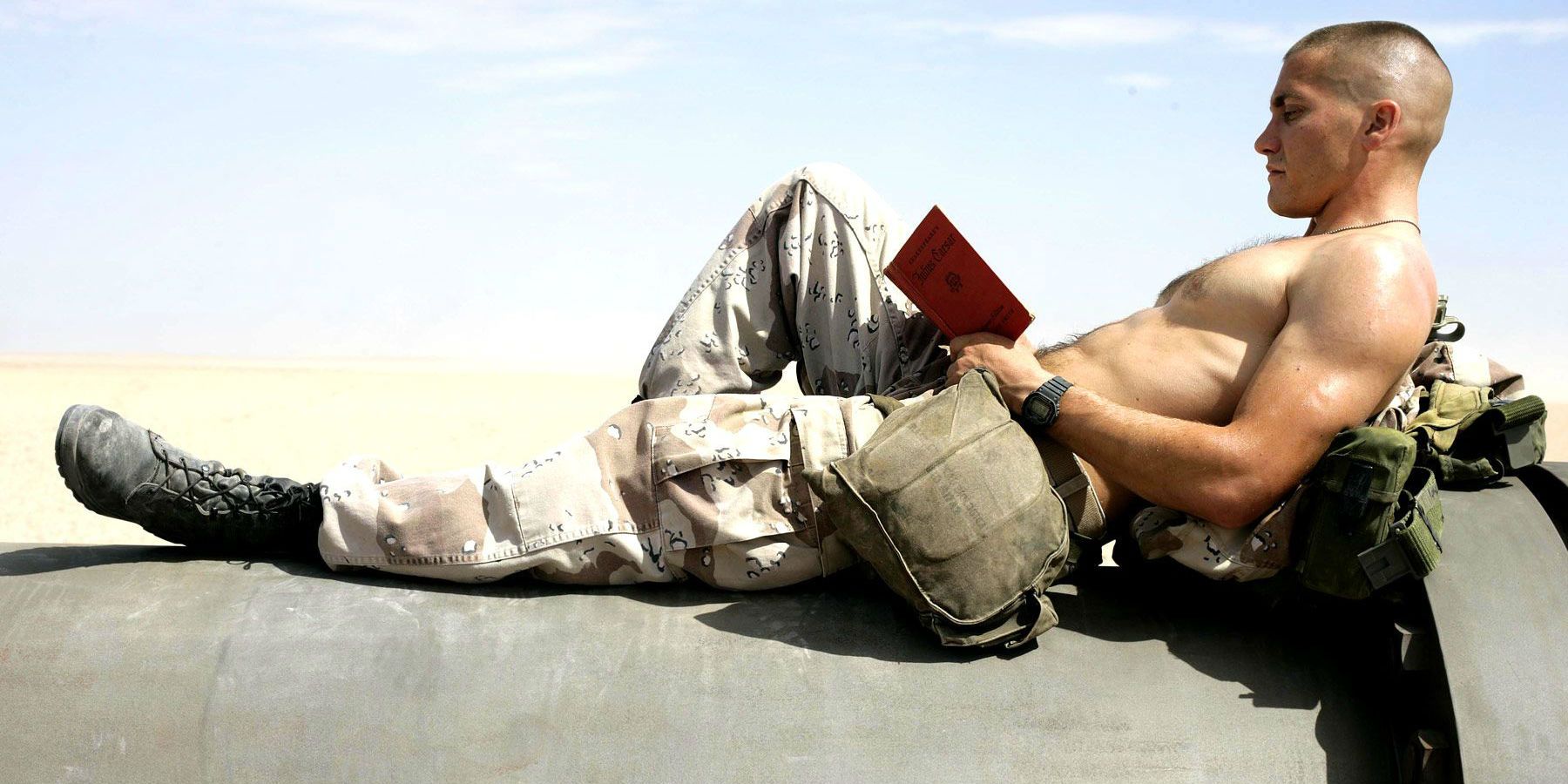Sam Mendes' Jarhead is a more realistic look at war than his other movie in the genre, 1917. The former released back in 2005, while 1917 opened 14 years later in 2019. Jarhead, based on Anthony Swofford's book of the same name, recounts Swofford's time as a Marine, while 1917 tells the story of two soldiers racing to deliver a message that could save the lives of up to 1600 men.
Jarhead, Mendes' third movie as director, opened to lukewarm reviews and grossed $92 million from an estimated budget of $70 million. 1917 was far more successful, however, and grossed $368 million from a budget of around $90-100 million. It was also more acclaimed upon its release; the film was praised for its technical achievements, presenting its story as though it occurred in a long, unbroken take, and it even ended up taking home several awards at the 2020 Oscars.
There are a lot of similarities between Sam Mendes' two projects: both films occur in the heat of war and follow their main characters as they try to cope with insurmountable situations. Jarhead and 1917 were both shot by cinematographer Roger Deakins too. Despite this though, the approach that they take to the war movie genre is drastically different from one another. Jarhead takes a less explosive route into its source material to focus on the more personal, psychological story of Swofford, while the latter is a considerably more action-heavy war film. They're both arguably good depictions of the harrowing nature of warfare, each realistic in their own manner. However, Jarhead does capture the paranoia of war slightly more effectively.
1917, while praised for its technical feats, was criticized for lacking characterization. As a result, its propulsive narrative offers little time to reflect on the personal experiences of its characters. This allows for grounded action but little drama. The one-take adds to the immersive nature of the battle sequences, and Mendes and Deakins effectively throw their audience into the intensity of the dogfights. But Jarhead is the complete opposite - minimal on combat and heavy on dialogue. Jarhead is one of the most accurate war movies because of this; it takes audiences into the psyche of Swofford and the Marine Corps and is more focused on their camaraderie and individual anxieties. Swofford's book often recalled the loneliness he felt during his time as a Marine and how he was constantly waiting for a chance to fight. Jarhead superbly captures that isolation and dread.
Swofford's book was blasted by current and former Marines for not accurately portraying the spirit of the Corps; however, it's a very personalized story and Swofford's subjective experience on his time in the Gulf War. Jarhead is faithful to the source material and accurately depicts Swofford's psychological battle. In comparison, a lot of 1917's story was fabricated. The mission the film revolves around did happen but there was more creative license taken. Deakins' stunning camera-work ensures the grit and vehemence of the WW1 conflict can be felt but it still lacks the broader depiction of war that Jarhead brings. The minimalistic approach to Jarhead gives audiences a better insight into the inner turmoil of warfare through Swofford's personal conflict, trauma, and his brotherhood with the other Corps. It gives audiences a better idea of what daily life was like for these men. It's Jarhead's individualized approach that makes it feel more realistic than 1917's bombast.


